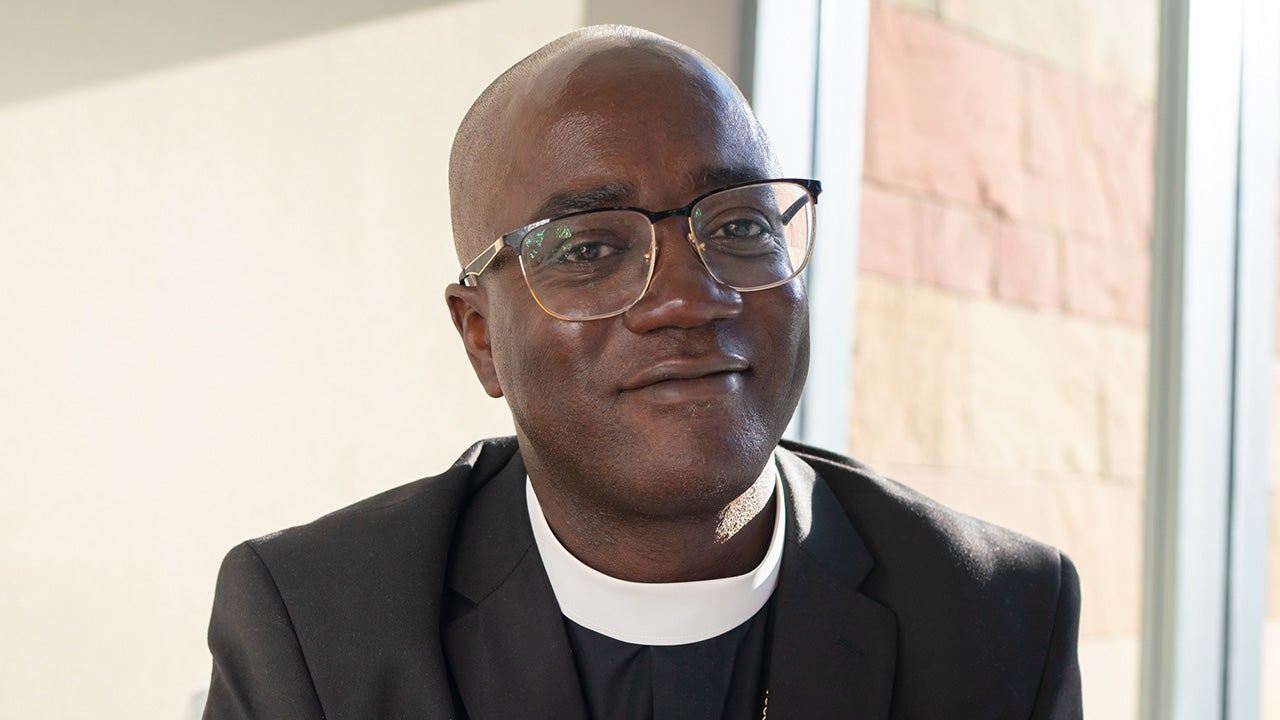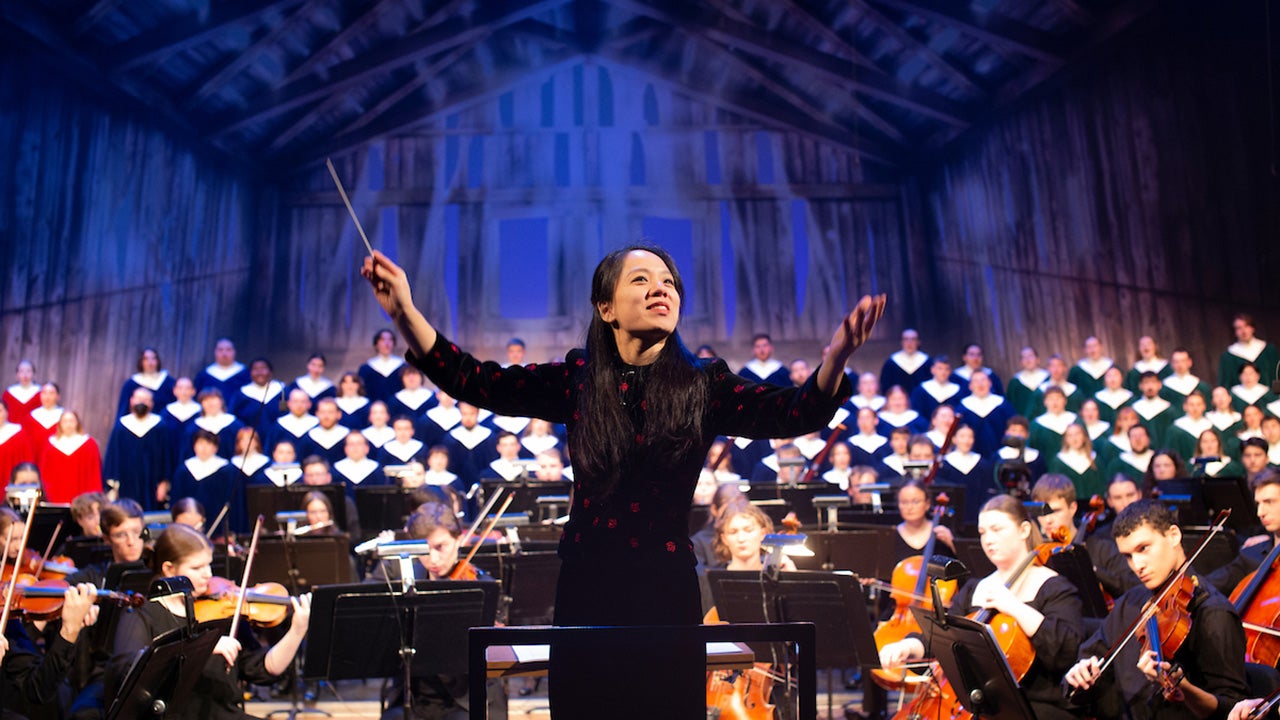Luther to build an autumn migration banding station on campus
A grant from the Iowa Department of Natural Resources allowed Luther College and the Decorah Raptor Resource Project to build an autumn migration banding station on campus, giving students unprecedented direct access to wildlife and conversation research.
The banding station, located on Hawk Hill on the northeast edge of the Luther campus, is large enough for classes to observe wild birds, band them and gather data before releasing them back into the wild.
“The awe of being up close and personal with wildlife is a unique and rare opportunity,” said Emily Neal, Luther College assistant director for the Center for Sustainable Communities and environmental studies staff instructor. “It’s bringing people close to the natural world. Holding a bird in your hand and feeling something that’s so free and powerful, yet at the same time fragile in a world where humans have such an impact on our environment is an amazing experience.”
Neal said the bird community is a tight-knit group that works together. When a blind at Effigy Mounds near Harpers Ferry, Iowa, was shut down recently, the idea to put one on campus was immediately born.
Neal worked with Dave Kester and Amy Ries, from the Raptor Resource Project, on a grant to build a blind on the Luther College campus, reminiscent of one that used to be on campus 30 years ago. Kester is a master bander permit holder and a member of the RRP Board of Directors.
“It was a win/win for both of our organizations. In the spirit of the liberal arts, this blind allows our students to directly participate in wildlife research relating to population and migration studies, while at the same time RRP has an opportunity to expand their education and outreach efforts,” said Neal.
Kester explained how the RRP wants to raise their educational component. “This partnership strengthens the connections between academia and the work of non-profit conservation. We dovetail each other’s mission statements,” Kester said.
Neal and Kester learned they had received the grant over the summer and work began on building the blind directly to their specifications in August.
The blind was built with the intent of research and education. It includes sound-proofing techniques and is large enough to hold an entire class comfortably. This allows several students to watch, capture and band birds. Bird banding is a collaborative effort between researchers all across the country, Canada, and Center and South America for the purpose of understanding bird populations, dispersal, migration, life-history and survival rates. At the Luther banding site, researchers will use banding techniques for the purpose of learning more about the migration fly-zone over Decorah and to track the health statistics of migrating raptors in the area.
Kester said all the band permits are issued through the United States Geological Survey. Bands are issued in sequential order, and all data recorded throughout the country is sent to the USGS. If an injured bird is found, the USGS and the researchers who applied the band are informed.
There are four to five flyways, or migration routes, in the United States, with one over the Mississippi River because the rising air currents make it easy for the birds to cover lots of ground without expending many calories. Because of the Upper Iowa River and the natural geographic layout, Decorah acts as a secondary flyway. Kester said with the location and the history of fellow bander Robert Chapman Jr. collecting data on birds 30 years ago, Hawk Hill was a natural place to put a blind.
As part of the partnership, RRP hired six Luther College students as interns for the fall semester to learn field and research techniques for trapping and banding wild hawks.
“While this is a new wildlife research opportunity for students, Luther has a great history of providing students wildlife research opportunities here on campus, that also includes bats and insect studies,” said Neal. “Science at Luther isn’t just happening between four walls of a classroom, but also out in the field with birds overhead.”
The banding station also opens an opportunity for Luther students to interact with students in the Decorah Community School District. When a live bird is banded and school is in session, Luther can contact local schools and take the bird to the school to give a demonstration.
“This gives kids a chance to see a wild bird up close. With electronics taking over, kids are more and more removed from the natural world,” said Kester. “This will hopefully promote a new generation of conversation preservationists.”
For more information and for opportunities to view the blind, contact Emily Neal, nealem01@luther.edu or (563) 387-2138.
The Center for Sustainable Communities is a catalyst for change at Luther College and in the surrounding region as the coordinator for all sustainability initiatives on campus. The center’s mission is to promote sustainability on campus and in the region. For more information about Luther’s Center for Sustainable Communities visit the college’s website: http://www.luther.edu/sustainability/.
Related Posts

Supported by the Williams Endowment Fund, the day begins with Curry’s address at 10:30 a.m. on Monday, Jan. 19, 2026, in the Center for Faith and Life Main Hall.

This year’s theme is “Fling Wide the Door!”
Contact Information
Michelle Volkmann
Media Relations Specialist
Phone: 563-387-1417